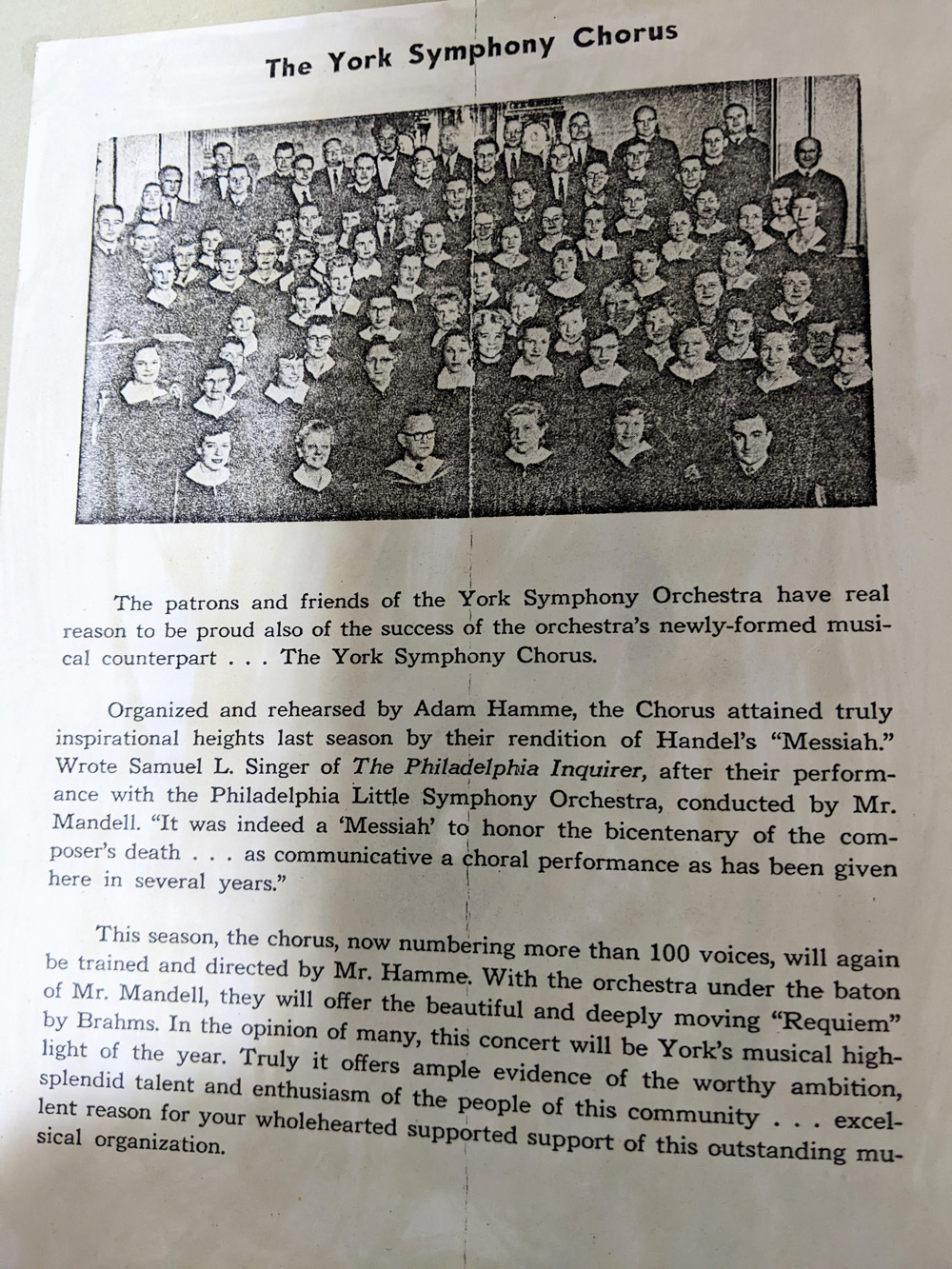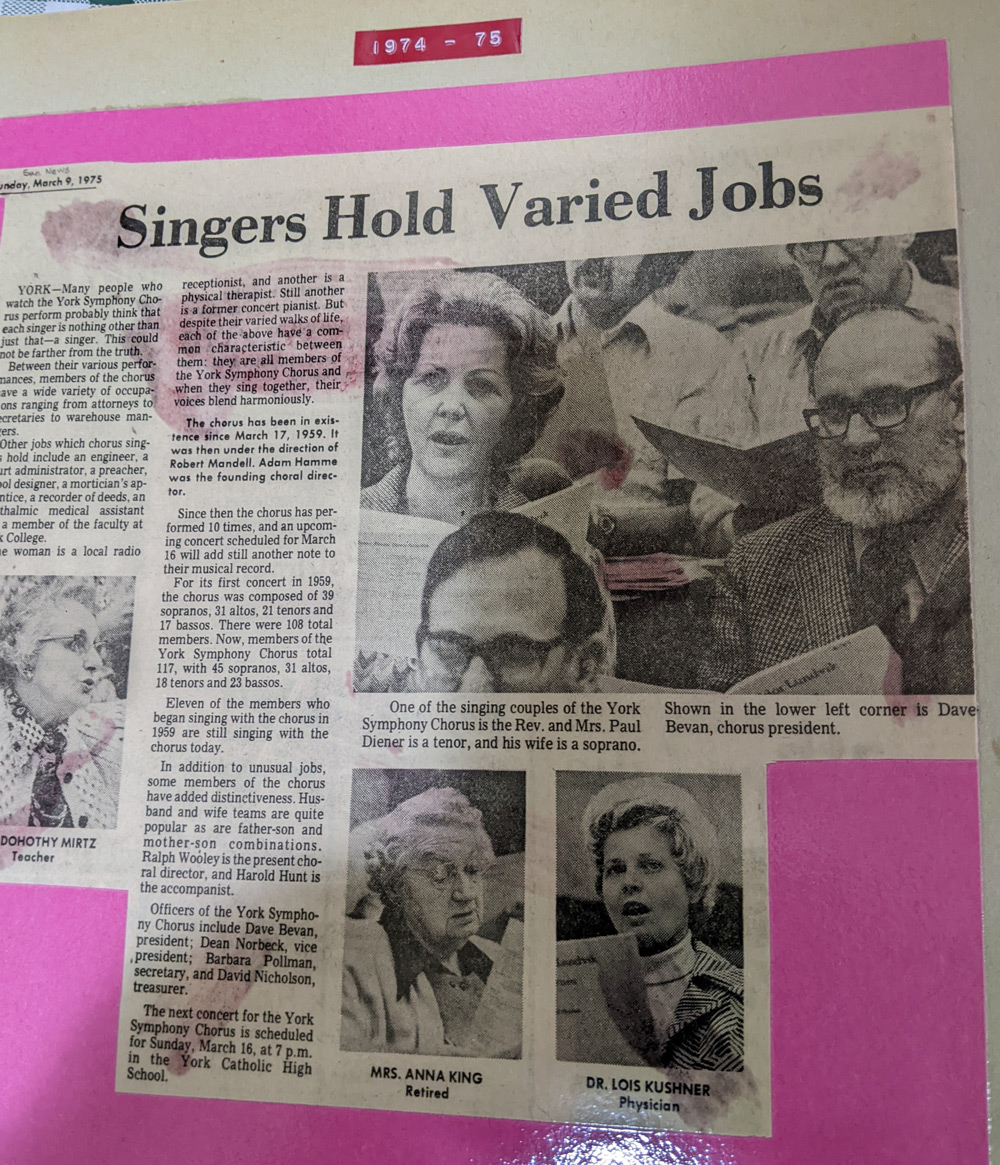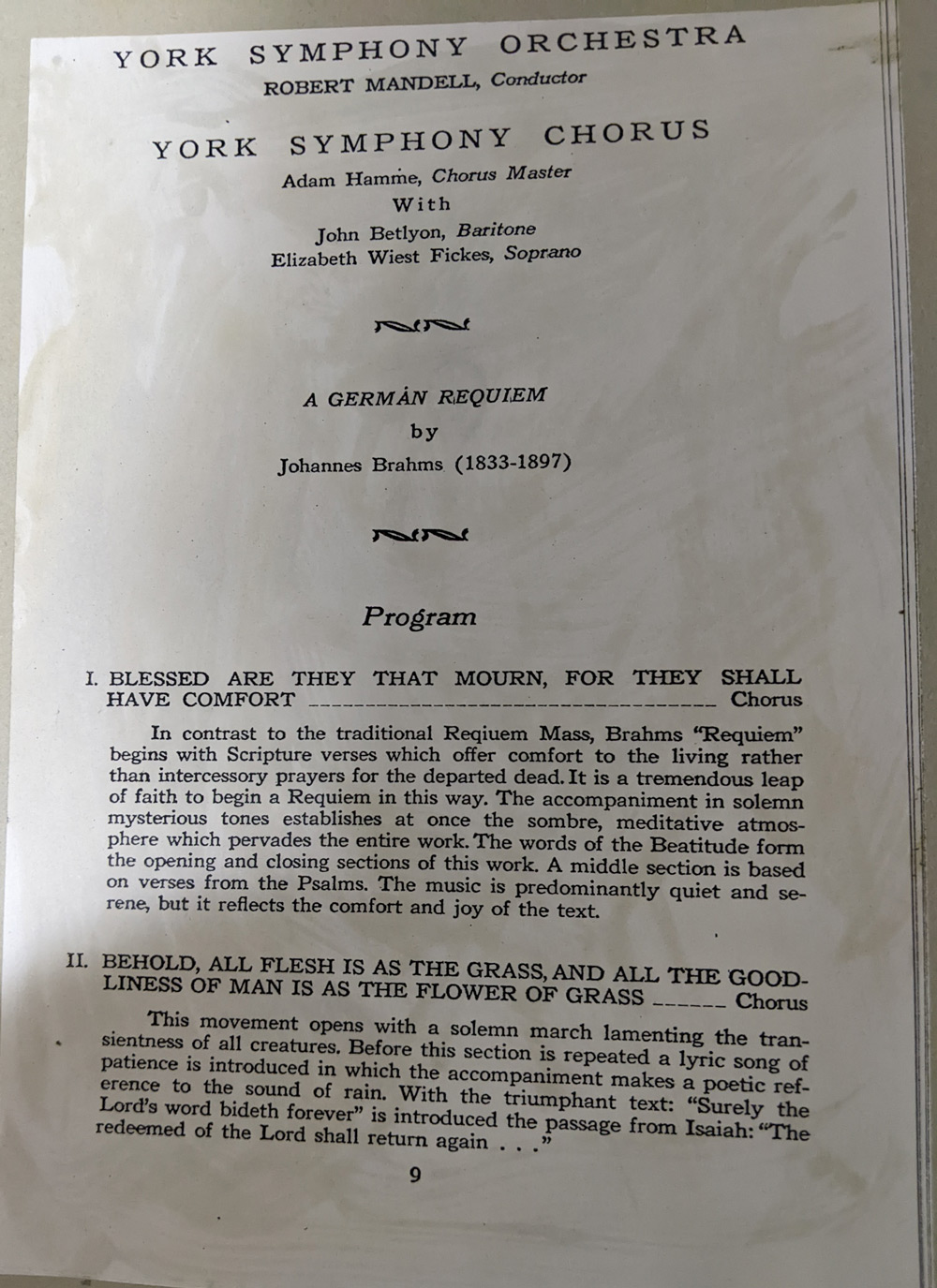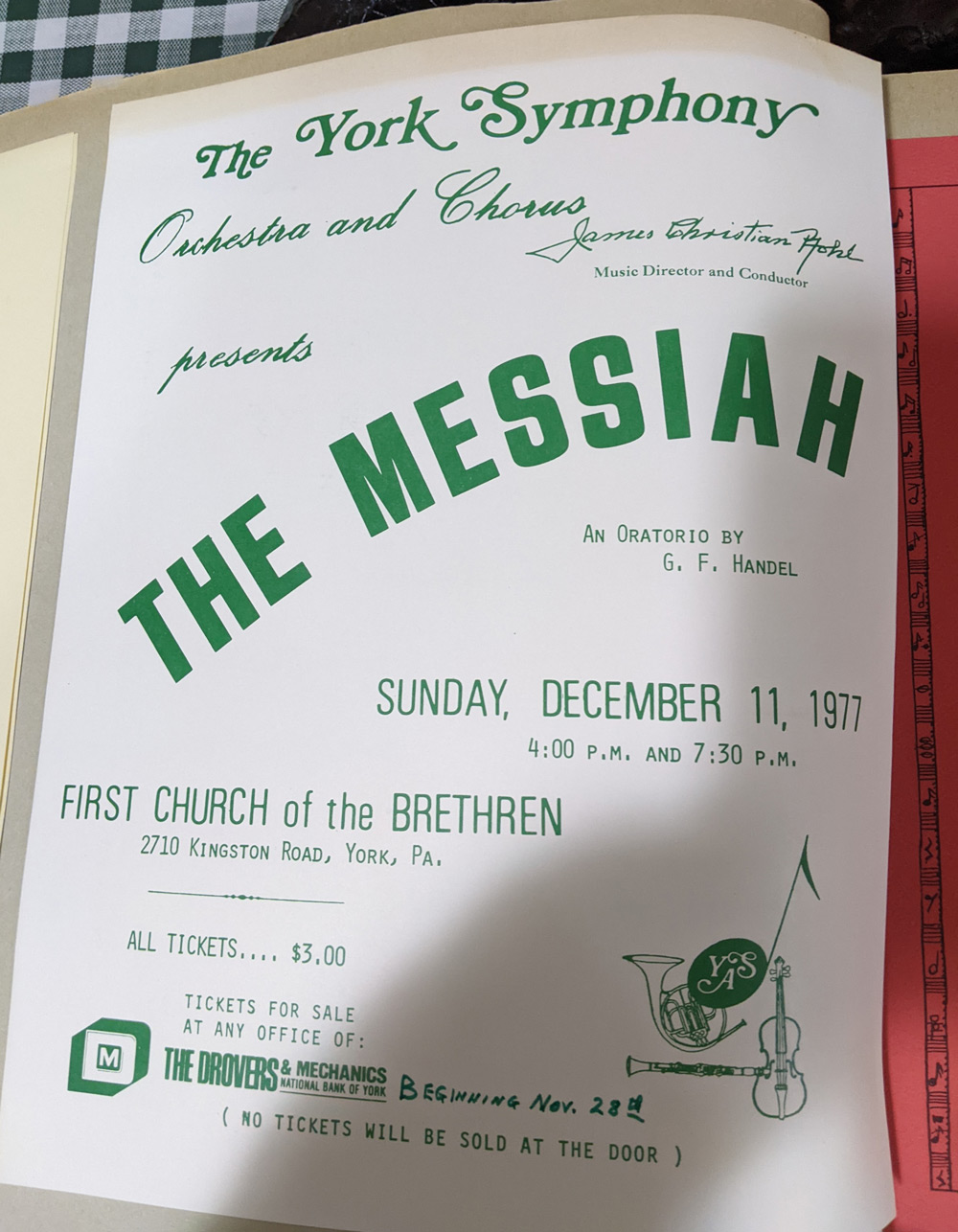A Local Gem
York Symphony Chorus History
Founded by Mary Sieker and Adam Hamme, the York Symphony Chorus made its concert debut on March 17, 1959. The chorus of 113 members premiered with a performance of Handel’s “Messiah” with The York Symphony Orchestra under the baton of Maestro Robert Mandell. Throughout its half-century history, the York Symphony Chorus has strived to bring to the stage and to the community a variety of choral masterworks and music performed with precision and expressiveness as a celebration of an ongoing legacy of choral music excellence in York, Pennsylvania.
From its first performance of Handel’s Messiah in 1959, the York Symphony Chorus has enjoyed the opportunity of performing some of the most beloved and historically significant choral repertoire. A short list would include oratorios such as Mendelssohn’s Elijah and Walton’s Balshazzar’s Feast, requia by Mozart, Verdi, Faure, Durufle, and A German Requiem by Brahms, and of course, Beethoven’s monumental Symphony No. 9.
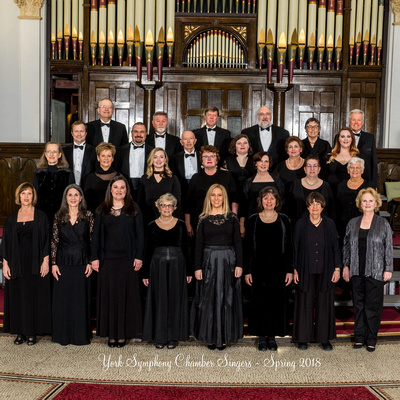
Featured Vocalists
The York Symphony Chamber Singers
The York Symphony Chamber Singers were formed in 1982 by Mr. Ronald Dietz. His goal was to bring the finest in choral music to the greater York Community. Members of the Chamber Singers are selected by audition and are also members of the York Symphony Chorus. Benjamin Watson presently serves as the Interim Artistic Director of the Chamber Singers.
For more than thirty years, the Chamber Singers have presented a musical repertoire that encompasses sacred and secular music from all types, styles and periods. The group has performed locally as well as in such varied locations as St. Patrick’s Cathedral in New York, historic Bruton Parish Church in Colonial Williamsburg, historic St. Paul’s Church in Petersburg, Virginia, the National Institutes of Health, Longwood Gardens, Mystic Seaport, St. Thomas Episcopal Church in Long Island and Washington National Cathedral. They have been featured with various artists from Peabody Conservatory, Cantate Carlisle, The York Oratorio Society and the York Symphony Orchestra and Chorus.
The singers have made a commitment to include in their programs a substantial portion of music arising from our rich American heritage. Most of their selections are performed a cappella.
For information on the Chamber Singers or engaging the group, email chorus@yorksymphony.org.
Voices Unite
Join Our Chorus
The Chorusmaster rehearses the YSC through an engaging Fall, Winter and Spring schedule. Rehearsals are held weekly, on Monday evenings, 7:30 – 9:00 pm, from September to May.
The York Symphony Chorus encourages experienced singers to become part of this long-standing choral tradition in York, PA. The typical YSC singer has previous choral ensemble experience and/or voice training, reads music, and demonstrates good control and beauty throughout their vocal and dynamic ranges. Our members must be able to pick up rhythms and pitches quickly and accurately in rehearsal, as well as study and prepare their part at home.
Auditions for new members are held once a year at the beginning of the Fall season. Auditions are held at our rehearsal site, Heidelberg United Church of Christ, 47 West Philadelphia Street in downtown York.
Persons wishing to schedule an audition are asked to email the YSC at chorus@yorksymphony.org. A link to all the audition materials and practice tracks will be sent by return email, as will further information about the York Symphony Chorus.
Audition Procedure
Singers interested in joining the York Symphony Chorus will complete the following audition:
Sing America, the Beautiful (sopranos/tenors – key of Eb; altos/basses – key of Bb)
Sing your desired voice part on the first full section of “And the Glory of the Lord” from Handel’s Messiah with live piano accompaniment. Demonstrate buoyant articulation, appropriate metric and text accent, and appropriate choral tone.
Sight-reading: singers will be asked to sing at sight (a cappella) a minimum of 2 short individual vocal lines (not a choral part) in order to demonstrate general music reading ability. Tonality and starting pitch will be given.
Vocalizations: singers will be taken through some exercises to demonstrate range, tessitura and tonal memory.
